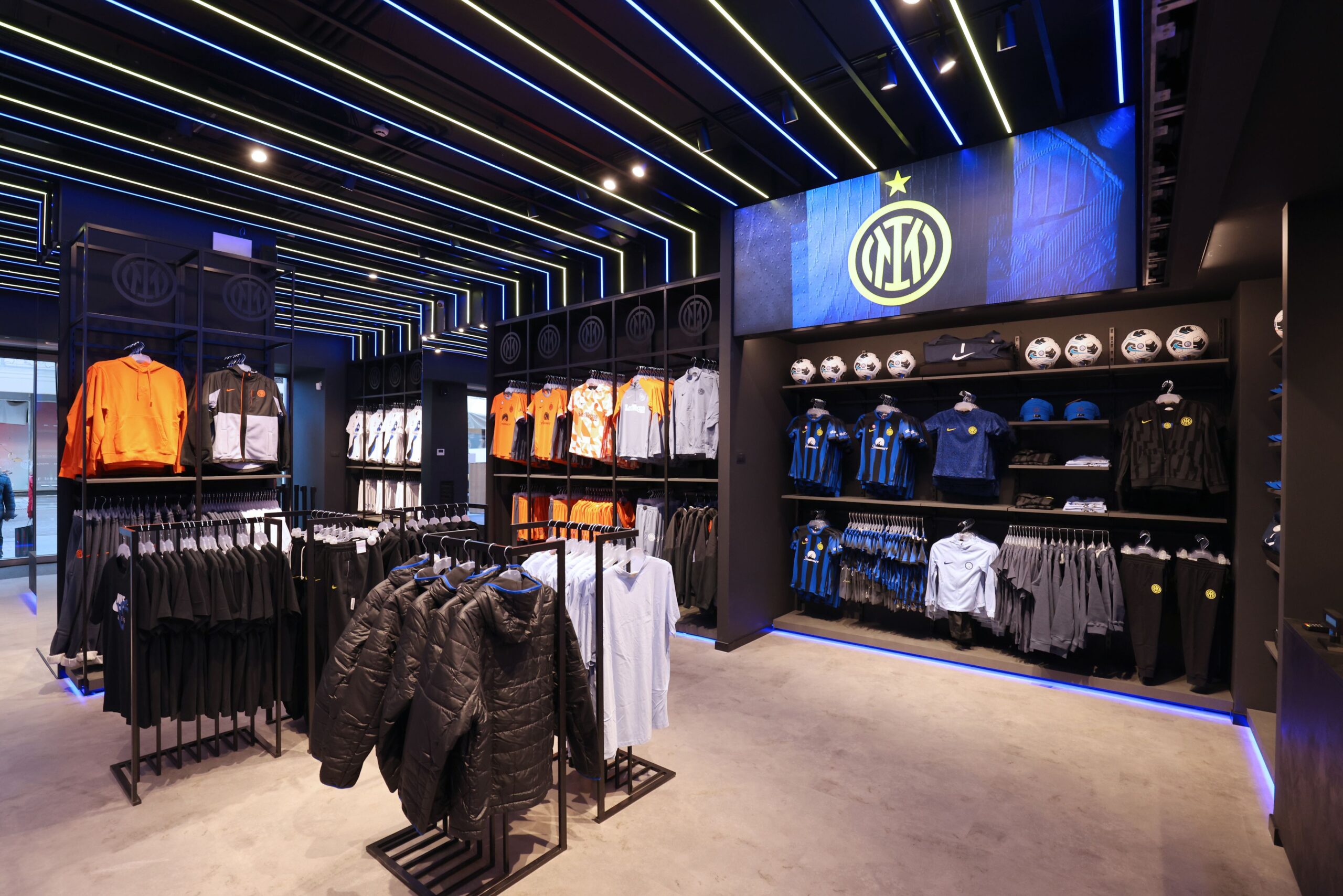Football is not just a sport; it’s a cultural phenomenon that transcends borders and unites fans worldwide. At the heart of this global passion lies football merchandising, which plays a crucial role in generating revenue for clubs while fostering fan loyalty. This article delves into the intricacies of football merchandising and its significant impact on the relationship between clubs and their supporters.
The Evolution of Football Merchandising
Football merchandising has evolved significantly over the decades. What began as a simple offering of jerseys and scarves has transformed into a multi-billion dollar industry encompassing a wide array of products. Clubs now offer everything from jerseys and training gear to accessories, collectibles, and even home decor items.
The Rise of E-Commerce
The advent of e-commerce has revolutionized how fans purchase merchandise. Clubs have embraced online platforms, allowing supporters to buy official merchandise from anywhere in the world. This accessibility not only increases sales but also strengthens the connection between clubs and their global fanbases.
Types of Football Merchandise
Football clubs offer a diverse range of merchandise, catering to various fan preferences. Understanding these categories is essential to grasp the merchandising landscape.
Apparel
The most recognizable category of football merchandise is apparel. Jerseys, jackets, and training wear bearing the club’s logo are must-have items for many fans. Clubs often release home, away, and third kits, creating excitement and anticipation each season. Collaborations with well-known brands also add an exclusive touch, attracting fashion-conscious fans.
Collectibles and Memorabilia
Collectibles and memorabilia hold a special place in the hearts of dedicated fans. Items like autographed footballs, limited-edition prints, and matchday programs not only commemorate significant moments in a club’s history but also serve as investment pieces. These products deepen fans’ emotional connection to their clubs, reinforcing loyalty.
Accessories and Home Goods
Football clubs have expanded their merchandise offerings to include accessories such as bags, hats, and phone cases. Additionally, home goods like bedding, wall art, and kitchenware allow fans to showcase their allegiance beyond matchdays. This diversification enhances brand visibility and allows fans to integrate their passion for football into their everyday lives.
The Role of Merchandise in Building Fan Loyalty
Football merchandising goes beyond sales; it plays a vital role in cultivating fan loyalty. The relationship between fans and their clubs is strengthened through several key factors.
Emotional Connection
Purchasing club merchandise is an expression of loyalty and passion. When fans wear their team’s colors or display memorabilia in their homes, they forge a deeper emotional connection to the club. This sense of belonging is invaluable, fostering a community of supporters who share a common identity.
Fan Engagement
Merchandising initiatives often involve fan engagement activities, such as meet-and-greets with players, signing events, and exclusive merchandise launches. These interactions create memorable experiences that further solidify the bond between fans and their clubs, enhancing loyalty.
Community Building
Clubs often use merchandising as a means to give back to their communities. Limited-edition items may be sold to raise funds for local charities, promoting a sense of solidarity among fans. When supporters see their club actively involved in community initiatives, their loyalty is often reinforced.
The Financial Impact of Football Merchandising
The financial benefits of football merchandising are substantial. Clubs rely on merchandise sales as a critical revenue stream, which can significantly impact their overall financial health.
Revenue Generation
Merchandising can account for a significant portion of a club’s revenue, especially for top-tier teams with large global followings. Successful merchandise sales enable clubs to invest in player acquisitions, facility improvements, and youth development programs, ensuring long-term sustainability.
Sponsorship Opportunities
The prominence of club merchandise opens the door for lucrative sponsorship opportunities. Brands often seek partnerships with clubs to capitalize on their merchandising power, leading to additional revenue streams through co-branded products and promotions.
Challenges in Football Merchandising
While football merchandising offers numerous benefits, it is not without challenges. Clubs must navigate various hurdles to maintain successful merchandising strategies.
Counterfeit Products
The prevalence of counterfeit merchandise poses a significant threat to clubs. Fans purchasing counterfeit products are not only getting subpar quality, but clubs also miss out on potential revenue. To combat this issue, clubs are investing in authentication technologies and educating fans about the importance of purchasing official merchandise.
Evolving Fan Preferences
Understanding and adapting to changing fan preferences is crucial for successful merchandising. As fan demographics evolve, clubs must continuously innovate and offer products that resonate with their supporters. Failure to do so could result in declining sales and weakened loyalty.
Football merchandising is a dynamic and integral part of the football ecosystem. Beyond generating revenue, it plays a pivotal role in fostering fan loyalty and building community. As clubs continue to innovate and expand their merchandise offerings, the relationship between clubs and their supporters will only grow stronger, ensuring that football remains a cherished passion for fans around the world. The future of football merchandising promises exciting developments, with the potential to deepen the connection between fans and their beloved clubs even further.
